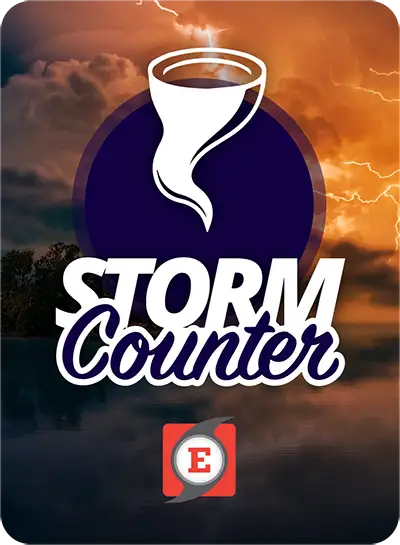If you missed the last installment of Pondering Policy, I recommend starting here! Today's article will be devoted to the real crux of the Missed Triggers policy when it comes to competitive play: how do you know when a trigger is missed? The Infraction Procedure Guide divides triggers into several types, each of which is handled differently.
Type 1: Triggers with Choices on Announcement
Any triggered ability that has choices required when it's put on the stack must be acknowledged before the player passes priority. Most commonly, these are triggers with non-trivial targets. Triggers with modes like Knight of Autumn also fall into this category, but are much less common. If a player plays a Bojuka Bog and says, "Go", without announcing a target, that player has missed their trigger. It is important to note that a trigger that reads "target opponent" does not fall into this category in a two-player game.
Type 2: Triggers with Visible Changes or Choices on Resolution
Storm falls into this category. This covers a large range of triggers including several that players are familiar with, like Chalice of the Void or Counterbalance. These triggers must have their changes acknowledged when they are supposed to occur. More importantly, these triggers are considered missed only when their controller takes an action that can only be taken after the trigger was supposed to happen. In other words, you need undeniable proof that the trigger must have been missed. This makes sense with the way many players play, in fact. Consider The EPIC Storm versus Miracles. The TES player casts Burning Wish into Counterbalance. In response, the Miracles player casts Brainstorm without acknowledging the Counterbalance trigger. Since the Brainstorm can be cast with the trigger still on the stack, the trigger has not yet been missed. The Miracles player can finish resolving their Brainstorm, then flip a card for their Counterbalance. If, on the other hand, they react to the Burning Wish by saying "Resolves," that demonstrates that the Counterbalance trigger was definitely missed. A good rule of thumb with these triggers is this: if the trigger could still be on the stack, then they haven't missed it yet.
Type 3: Triggers that Change the Rules of the Game
These are pretty uncommon. One of the most obvious is also the most important: Xantid Swarm. This trigger only needs to be acknowledged when it first affects the game. If you attack with your Xantid Swarm, then allow your opponent to cast a Force of Negation during your second main phase, you have missed your trigger.
Type 4: Triggers with Non-Visible Effects
This covers a lot of power-and-toughness-changing triggers such as Prowess and Exalted. These are surprisingly tricky since they are considered remembered unless their controller actively demonstrates that they have missed them. For example, let's say your opponent attacks with a 2/3 Tarmogoyf while they control a Noble Hierarch and say nothing about the Exalted trigger. Can you safely Lightning Bolt the Tarmogoyf? Unfortunately, all the opponent has to say in this situation is "Sure, it resolves, my Tarmogoyf is a 3/4" to ruin your day. If you're looking for the competitive edge, you will have to prompt your opponent into making a statement that demonstrates that they have missed the trigger. "How big is that Tarmogoyf?" or "No blocks. How much am I taking?" could get your opponent to respond in a way that indicates that the trigger was missed. Or you could just Lightning Bolt the Tarmogoyf in response to the trigger.
There is more still to cover, but this makes for a good stopping point in this article. I hope I've given you some helpful information on how to know when your opponents have and have not missed their triggers, and when you are required to acknowledge your own. Thank you for joining me on this edition of Pondering Policy! If you have questions for me or any ideas for future articles, please feel free to drop me a line through Twitter, Facebook, or email. Until next time, Storm fair and Storm fun!



















